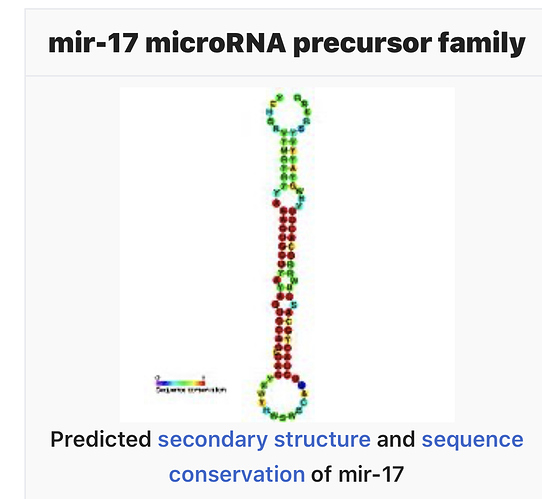Heating and cooling starch does nothing.
You have to heat/boil, rinse and cool several times?
You have to remove the digestibles with the water?
These little tests about it raising glucose tells me they are overdosing with it? My blood glucose would sky rocket too if I sat their and ate a whole bunch of digestive starch?
Your supposed to use a little tiny bit and increase the dose a little tiny bit?
It is almost comical how people are so willing to disregard anything because they don’t try to do it correctly or because they don’t really pay attention?
Yeah I can see the glucose skyrocketing if you sit their and eat nothing but a potato that has been boiled and cooked once and then cooled!
It is much like becoming fat adapted you slowly increase the dose and even if your eating the SAD diet it will decrease your blood glucose.
I do it all the time and it works well!
What your trying to do is feed and build up an abundance of butyrate (a ketone body) producing microbes in the lower intestinal tract. It takes time to do this, it is not something that happens over-night.
You can also enhance it and speed up the process with resistant starch enemas.
You could skip the Idaho boiling the potato thing and just use sweet potato’s, un-ripe bananas, fried plantains, blue corn, purple potato’s, amylose maize resistant starch; there are many forms of resistant starch that vary in quality depending on resistants to digestion and the quality of the soil etc. some better than others but that does not mean you eat pounds of the stuff in one sitting?
I personally do not see it as a side dish on the dinner table, it is a supplement to be taken sparingly.


